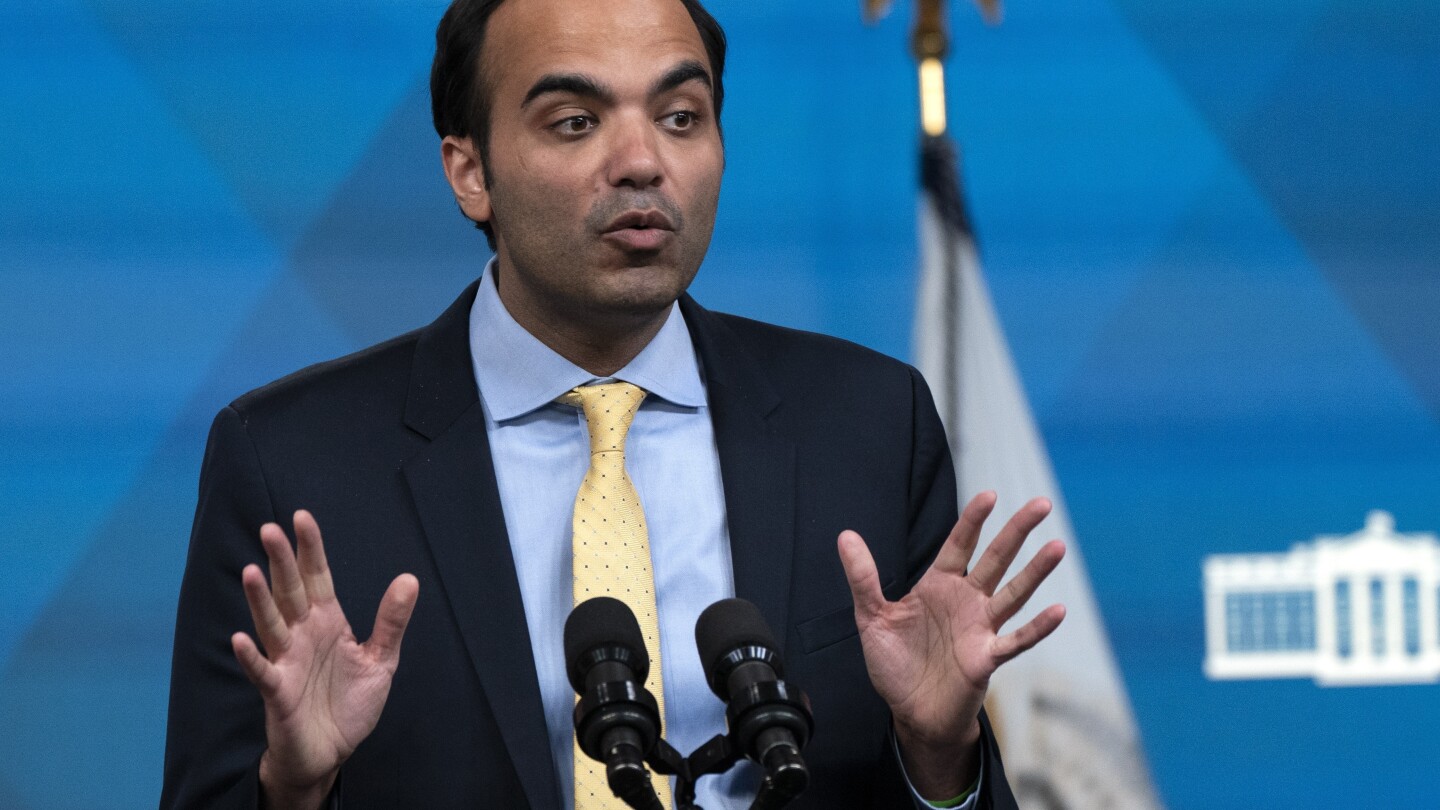Consumer Watchdog Ousted: Trump Abruptly Dismisses CFPB Director in Surprise Shake-Up

In a bold move signaling continued administrative reshuffling, President Donald Trump has removed Rohit Chopra from his position as director of the Consumer Financial Protection Bureau (CFPB). This latest action represents another strategic elimination of a Biden-era appointee, underscoring the ongoing political transitions within key federal agencies.
Chopra's dismissal follows a pattern of leadership changes that have characterized the current administration's approach to governmental personnel. The sudden removal highlights the ongoing tensions between competing political administrations and their respective policy priorities.
The Consumer Financial Protection Bureau, a critical agency tasked with protecting consumers in the financial marketplace, now faces potential leadership uncertainty. Chopra's departure could signal significant shifts in the bureau's regulatory approach and strategic direction.
This development continues to demonstrate the dynamic and often contentious nature of federal leadership transitions, with each administration seeking to reshape key institutional roles to align with its own political and policy objectives.

